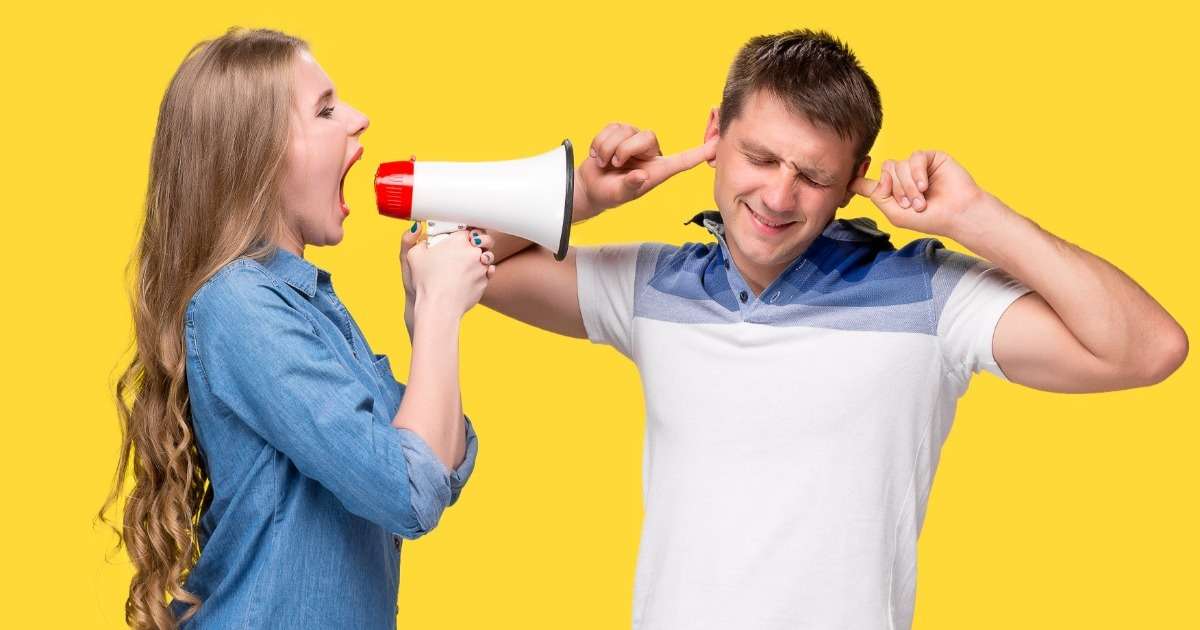
How stress and emotions can affect performance
Medical first responders need to undergo extensive trainings to maintain and enhance their skills. Malfait and her team developed a methodology to measure the management of stress and emotions.

What makes Noldus special in measuring behavior?
Why do we write e-books, white papers and even this blog? What drives us in behavioral research? And why choose Noldus?

Understanding the micro-dynamics of couples’ interactions
How do aspects of romantic relationships, such as communication and emotions, develop during real-time couples’ interactions? Myrto Dolcetti and her team conducted a study on this.

How does perception of brand authenticity affect ad performance?
For brands seeking to resonate with customers, being seen as authentic is vital. Using custom expressions in FaceReader, we explore how perception of brand authenticity relates to ad performance.

Using Baby FaceReader for automated analysis of infant emotions
What if you had a way to understand a baby's unspoken needs? Analyzing facial expressions in infants helps researchers and caregivers understand more about the early development of emotions and social interactions.

Why you should use custom expressions in your facial expression analysis
Using custom expressions in facial expression analysis can unlock a deeper understanding of human behavior. How can you use custom expressions in different fields of research?

Round Robin design: a pragmatic approach to dyadic interaction research
In the exploration of dyadic interactions within psychology research, the Round Robin design emerges as a practical and essential piece of methodology.

Facial mimicry and social cognition in children with autism spectrum disorder
When we want to understand each other better, we tend to copy one another's facial expressions. How does this work in children with autism spectrum disorder? In this blog post, you’ll learn more about facial mimicry in ASD.

From start to finish: decreasing abandonment when self-designing a product
Research shows that we like to design your own products, but often abandon the process before we're done. Does it help to provide feedback, and if so, what type of feedback works best?

Design your own product: consumer experience and abandonment behavior
Researchers Krause and Franke studied how our experiences change while designing our own products. How do these experiences influence whether we finish a product or abandon the process?
